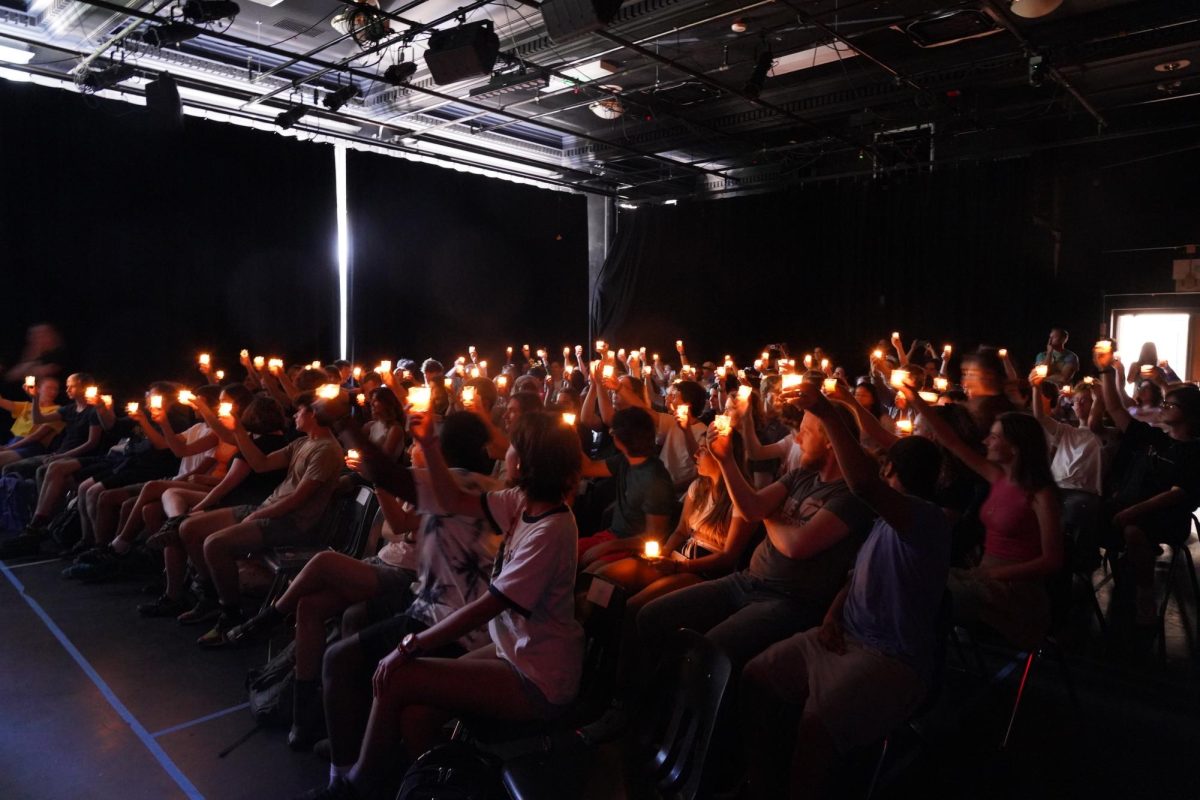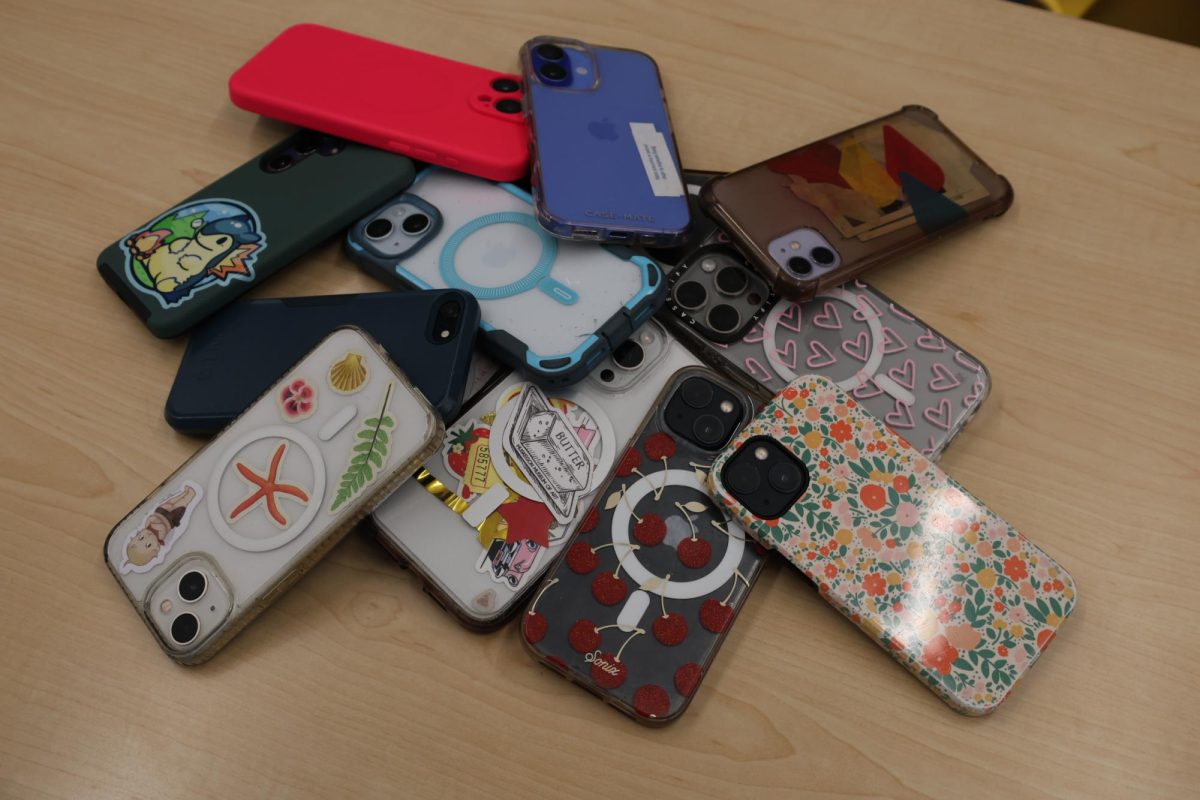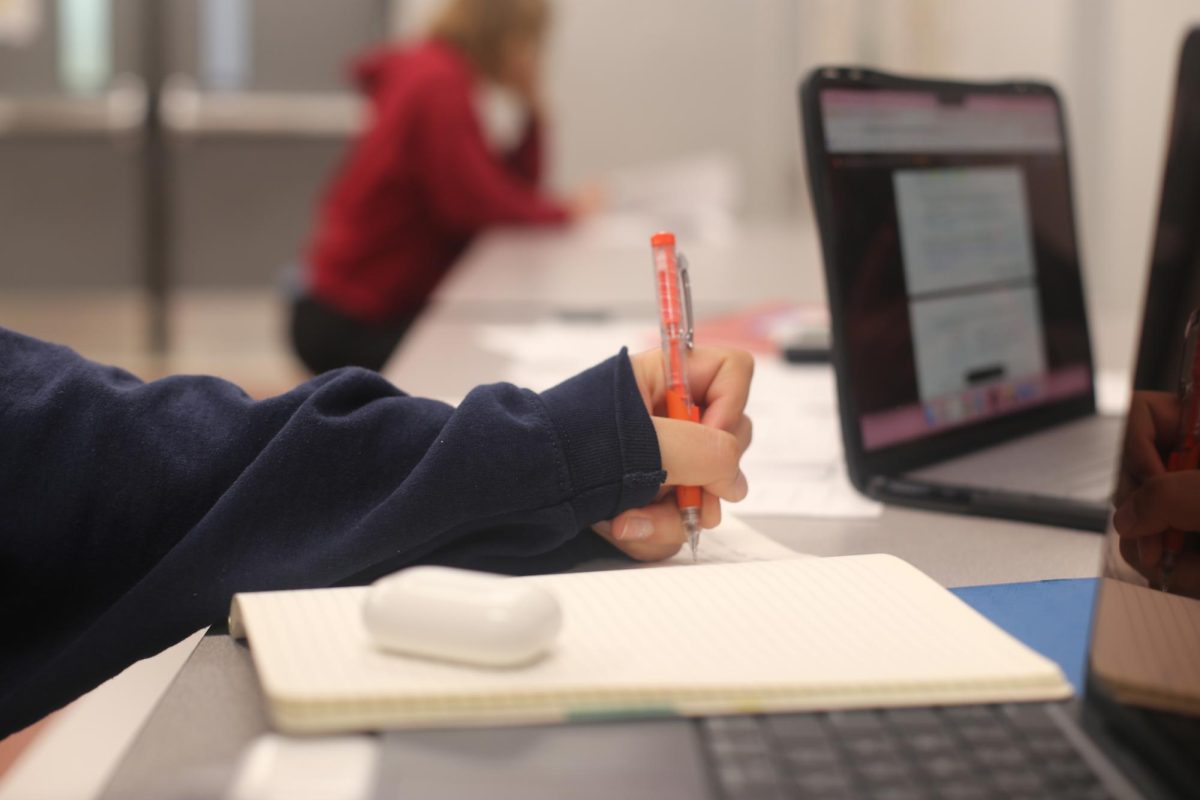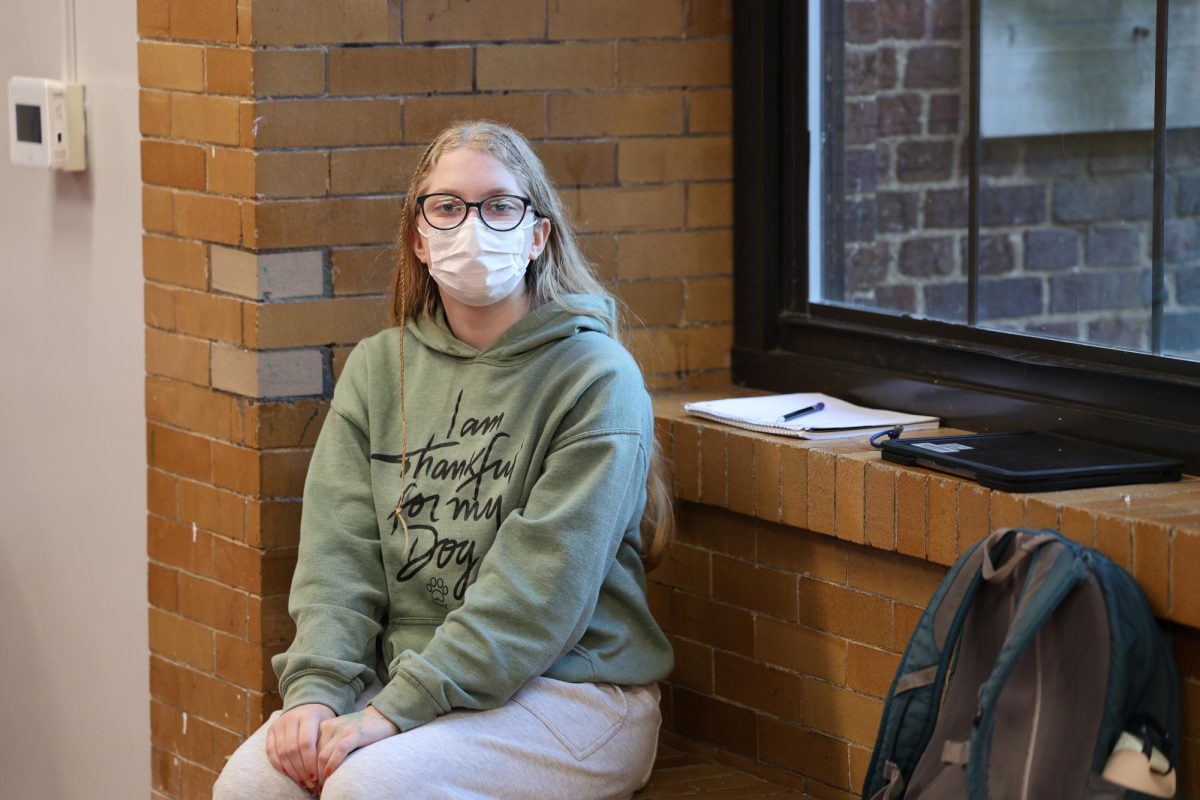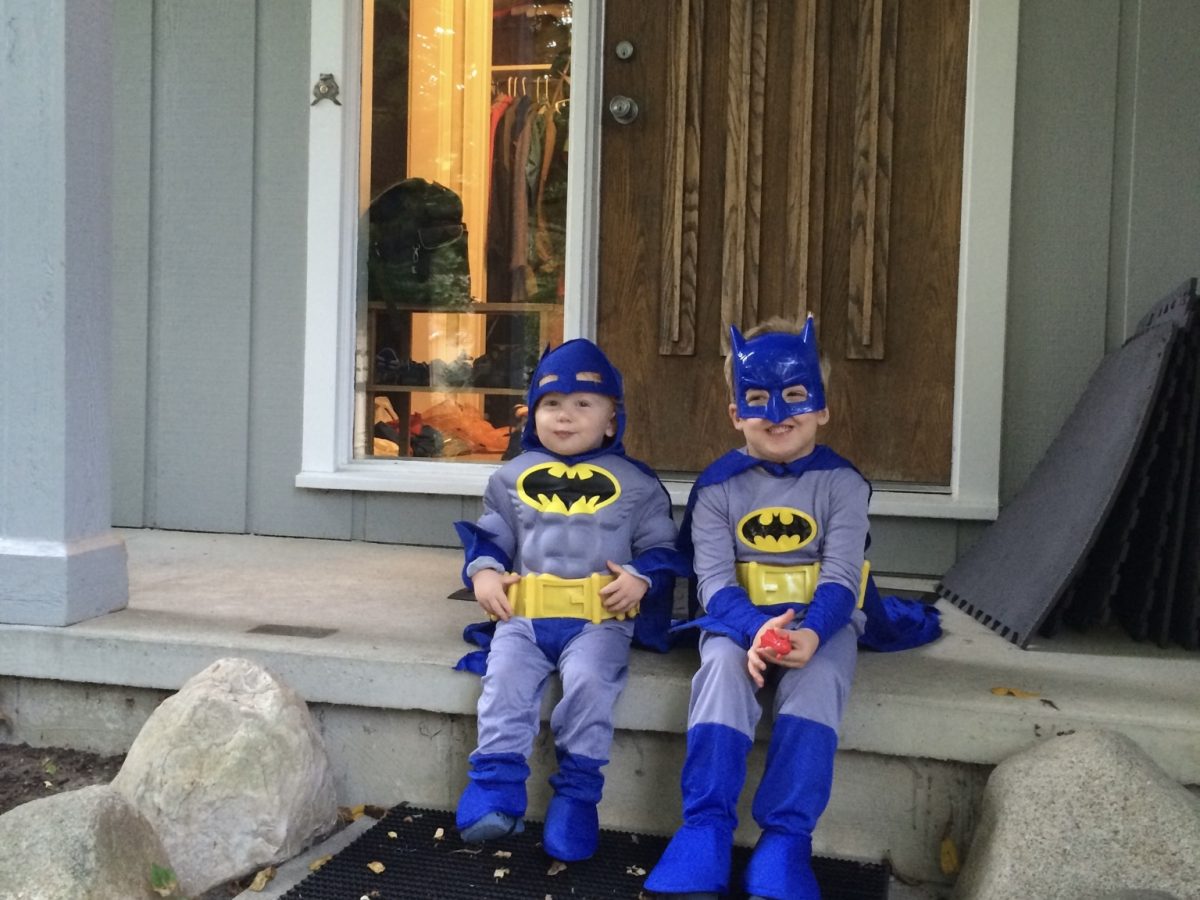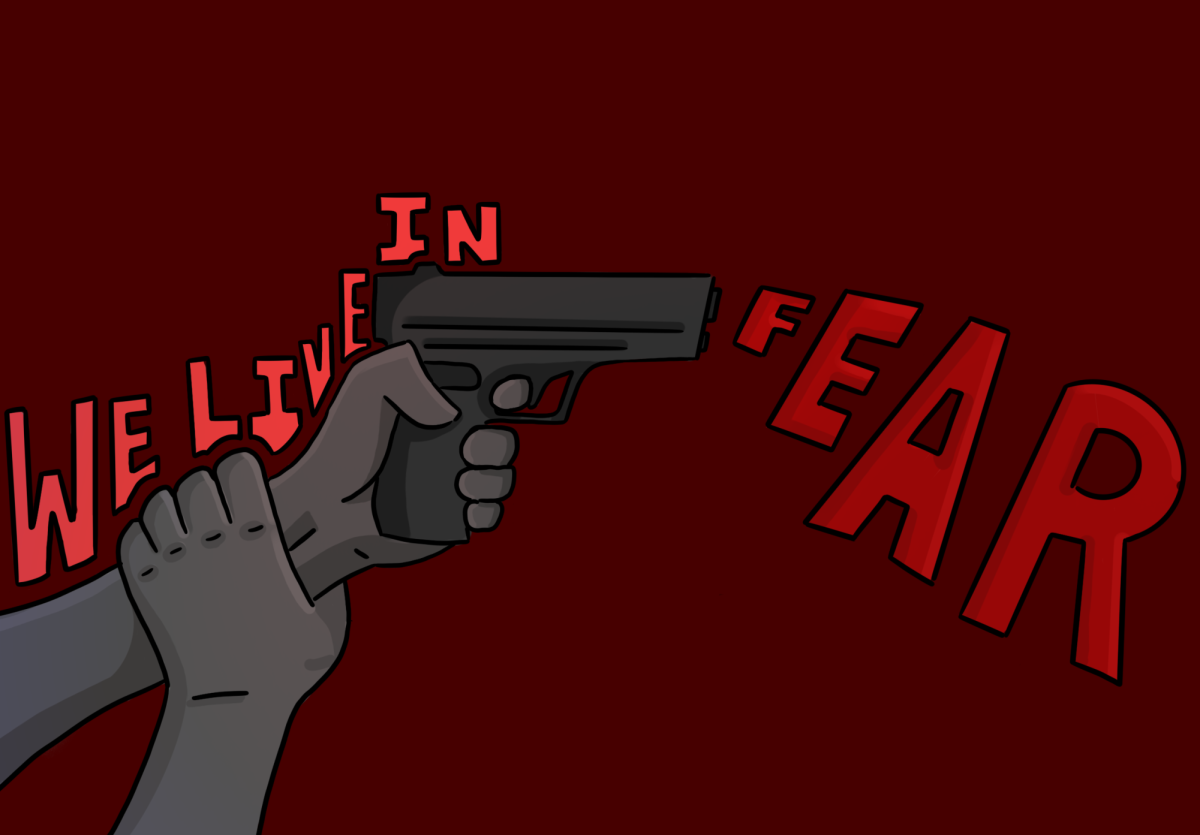Ever since Community was established in 1972, it was coined as “the alternative” among the Ann Arbor Public Schools. A huge gymnasium, a designated cafeteria, a rich roster of sports teams and a large student body are the classic characteristics of a traditional high school. But Community stands as a testament to the idea that success and greatness in education do not need to conform to traditional norms — we thrive as a unique and exceptional community, constantly challenging the conventional narrative of what a high school should be.
Although we take pride in setting ourselves apart from traditional educational models, we hope for a further diversity of opportunities to help us discover our potential, whether it be a push for more personalized curriculums — allowing students to build their own paths based on their passions — or an emphasis on the need for an environment that values innovation, student autonomy and mental health support.
CHS is known for its celebration of individuality; the Community Resource (CR) Department is a central component of our school. According to the 1972 blueprint, one of CHS’s many goals was “to provide an opportunity for a heterogeneous group of students and faculty to learn and work together and to combat prejudices based on race, sex, age, lifestyle, and school achievement” and “to foster the development of identity and responsibility.” The plan emphasized placing students of all grades in the same classes and programs, which is now manifested in our CRs and Forums, providing “home bases for counseling and cultural studies work.” The beauty of “learning beyond four walls” is that we get to choose what we want to study, as well as challenge ourselves beyond the typical high school course load. The CR program allows us to immerse ourselves in a college environment, like the University of Michigan or Washtenaw Community College, and provides opportunities to broaden our horizons, both social and intellectual, to become a part of many different communities.
Our community is rich with resources and information, and all CHS students should participate in CRs, whether dual-enrollment style or traditional. The program should be as accessible as possible to all. The accessibility of the CR program could be achieved through an online repository or book containing the contact information and specialties of past, current and future professors, helping students easily connect with experts in their fields. This fosters professional relationships and helps students explore and engage more deeply with their interests.
Our school should not just aim for our students to have a successful high school experience, but beyond, acting as a place for community engagement and practical application of knowledge. Lessons are hands-on and interactive, utilizing resources from both inside and outside the classroom, allowing students to explore varied subjects in depth. We should aim to instill a sense of community responsibility, encouraging our student body to give back and actively participate in shaping Ann Arbor.
The importance of life skills should also not be overlooked; we should have classes that extend beyond traditional subjects to include practical skills such as financial literacy, effective communication and emotional support, for our friends and for ourselves. The goal of Community should be to prepare students not just for jobs but for life — we must foster a generation of empowered and curious individuals.
High school is undoubtedly stressful with social and academic pressures at an all-time high. Stressors of grades and extracurriculars can be crushing, but we hope that we can create a learning environment where grades don’t define who you are as a learner and every student feels respected; every student wants to ask questions to further their understanding because they want to and not because they are just required to. Each student would take control of what they are learning to focus on the subjects they are passionate about.
Hopes and dreams are what drive us to excel and do better as students, friends and people. We hope for all Community students to recognize that our school is ours. Change can always be made and to have hope means to believe — to believe that we can be more inclusive, more engaged, more empowered.



